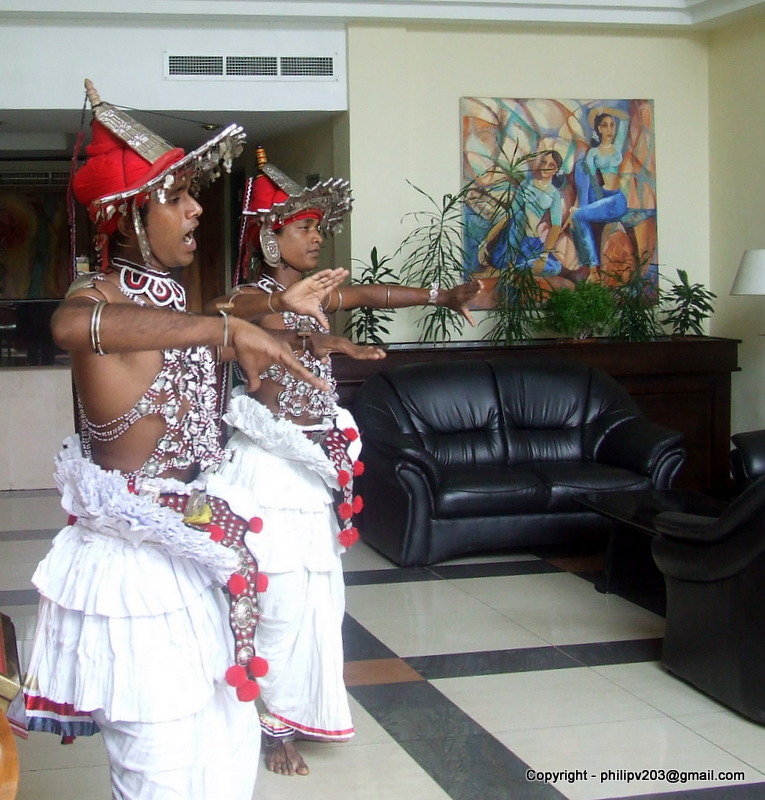As
Zen Buddhism started spreading all over the world,
Kanchipuram was the capital of
Pallava Dynasty and the great centre for Buddhist learning. A small city in between Kanchi and
Mahabalipuram (Mamallapuram) on the banks of the river is still called Vallipuram. People started migrating to Jaffna during the time of
Bodhidharma (400 AD) and created a city with the same name on the eastern coast of Sri Lanka. Although it was first a Buddhist civilization and later transformed into a
Vaishnavaite civilization.
Valli or Velli refers to water or river in most languages. Veri, Vadi or Wezi is a derivative of the root word meaning river or water. Mahaweli means great river. Kaveri means black river. Thus Vallipuram means 'City of Water' or 'City of River'.
The
Vishnu temple here was constructed around the 13th century.
Tamil Buddhist and Hindu cults co-existed easily, even when the rulers did not, and hence a Vaishnava tradition may have existed in early times as well. The deity of the temple is called Vallipura Azhvar.
Azhvar names are common in
Vaishnavite tradition. This place is the first place of settlement in Sri Lanka. Rest of Sri Lanka was populated from this landing place.
Vallipuram has a recorded history from the 2nd century BC, in the gold inscription, where the local ruler is named as "Azhagiri", a name confirmed in the Nelugala stone inscription (2nd century BC). King
Vasabha is also thought to be mentioned. The Buddhist list of holy places ("Nampotha") names it as "Vallipuram" or sand city. The exact details of the temple complex are not known, and the famous 'Vallipuram" Buddha statue built with Dravidian sculptural traditions from
Amaravati, Andhra Pradesh was found in excavations below the Hindu Temple. The language of the inscription is Tamil-Prakrit, which shares several similarities with script inscriptions used in Andhra at the time. This cultural exchange between the Jaffna Tamils and
Andhra Pradesh occurred at the height of Tamil trade in the
Sangam period, continuing when the Telugu
Satavahana dynasty was at the height of its power from 230 BC right through when its 17th monarch
Hāla (20-24 AD) married a princess from the island.
[1][2]Professor Peter Shalk (University of Uppsala), writes "Vallipuram has very rich archaeological remains that point at an early settlement. It was probably an emporium in the first centuries AD. […] From already dated stones with which we compare this Vallipuram statue, we can conclude that it falls in the period 3-4 century AD. During that period, the typical Amaravati-Buddha sculpture was developed."
[3] The Buddha statue found here was gifted to
King of Thailand by the then British Governor Henry Blake in 1906. The descendants of Arya Chakravarti married into
Kalinga Magha family and created a dynasty of
Singai-Aryans and ruled from Vallipuram and renamed it as
Singai Nagar. However, no historically useful objects, e.g., inscriptions, art or literary works were left by these rulers, and
Paranavithana and other historians claim that they paid tribute to the main ruler of the country. See also S. Paranavitana, ``Vallipuram Gold-Plate Inscription of the Regin of Vasabha.
Epigraphia Zeylanica , 4 (1936) 229-236. A full discussion has been given recently by Karthigesu Indrapala,
Evolution of an Ethnic Identity,(2005), and
in an earlier work, 1965 where Dr. Indrapala argued for a flourishing pre-christian buddhist civilization in Jaffna, in agreement with Paranavithana, and Mudliyar C. Rasanayakam,
Ancient Jaffna.
This place is similar to Nagapatnam where all Asian vessels used it as a stopover point and the Buddhist and Hindu Dagobas are just a resting and worshipping places for the sailors and international traders. Both Nagapatnam and Vallipuram served the powerful kingdoms of China, Siam, Cambodia, Champa (Vietnam) and Java.(Wikipedia).


































